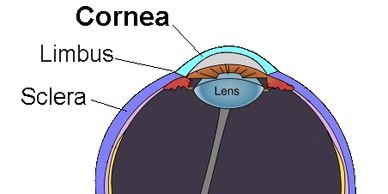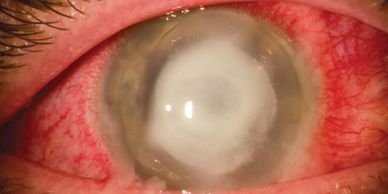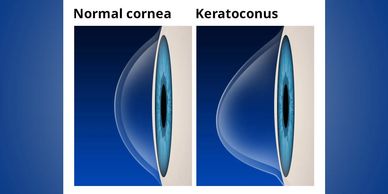Cornea transplants and other diseases
What is Cornea?
Corneal Transplant
Corneal Transplant

The cornea is the transparent part of the eye that covers the front portion of the eye. Its main function is to refract, or bend, light. It contributes to 70 percent of the focusing power of the eye.
Corneal Transplant
Corneal Transplant
Corneal Transplant

Corneal transplant is a surgical procedure where a damaged or diseased cornea is replaced by a healthy donated corneal tissue. When the entire cornea is replaced it is known as penetrating keratoplasty and when only part of the cornea is replaced it is known as lamellar keratoplasty.
Corneal Ulcer
Corneal Transplant
Dry Eyes and Computer Vision Syndrome

A corneal ulcer is an on the front part of the eye, usually resulting from infection. Bacteria, viruses, or fungi can cause a corneal ulcer. If not treated early it leads to permanent scarring and vision loss.
Dry Eyes and Computer Vision Syndrome
Dry Eyes and Computer Vision Syndrome
Dry Eyes and Computer Vision Syndrome

Dry eyes is a common condition that occurs when your tears aren't able to provide adequate lubrication for your eyes. Tears can be inadequate for many reasons. For example, dry eyes may occur if you don't produce enough tears or if you produce poor-quality tears. Working for long hours on a PC have also been associated with dry eyes.
Corneal Degeneration
Dry Eyes and Computer Vision Syndrome
Corneal Degeneration

Corneal degenerations are changes or gradual deteriorations in the tissue of the cornea. They can negatively impact the function of the cornea, limiting its ability to help the eye focus properly. Over time, corneal degenerations can cause loss of vision and may require a corneal transplant.
Keratoconus
Dry Eyes and Computer Vision Syndrome
Corneal Degeneration

Keratoconus is a disorder of the eye which results in progressive thinning of the cornea. This may result in blurry vision, double vision, nearsightedness, irregular astigmatism, and light sensitivity leading to poor quality-of-life. Usually both eyes are affected.
Kushwaha Eye Hospital
Copyright © 2020 Kushwaha Eye Hospital - All Rights Reserved.
Powered by GoDaddy Website Builder